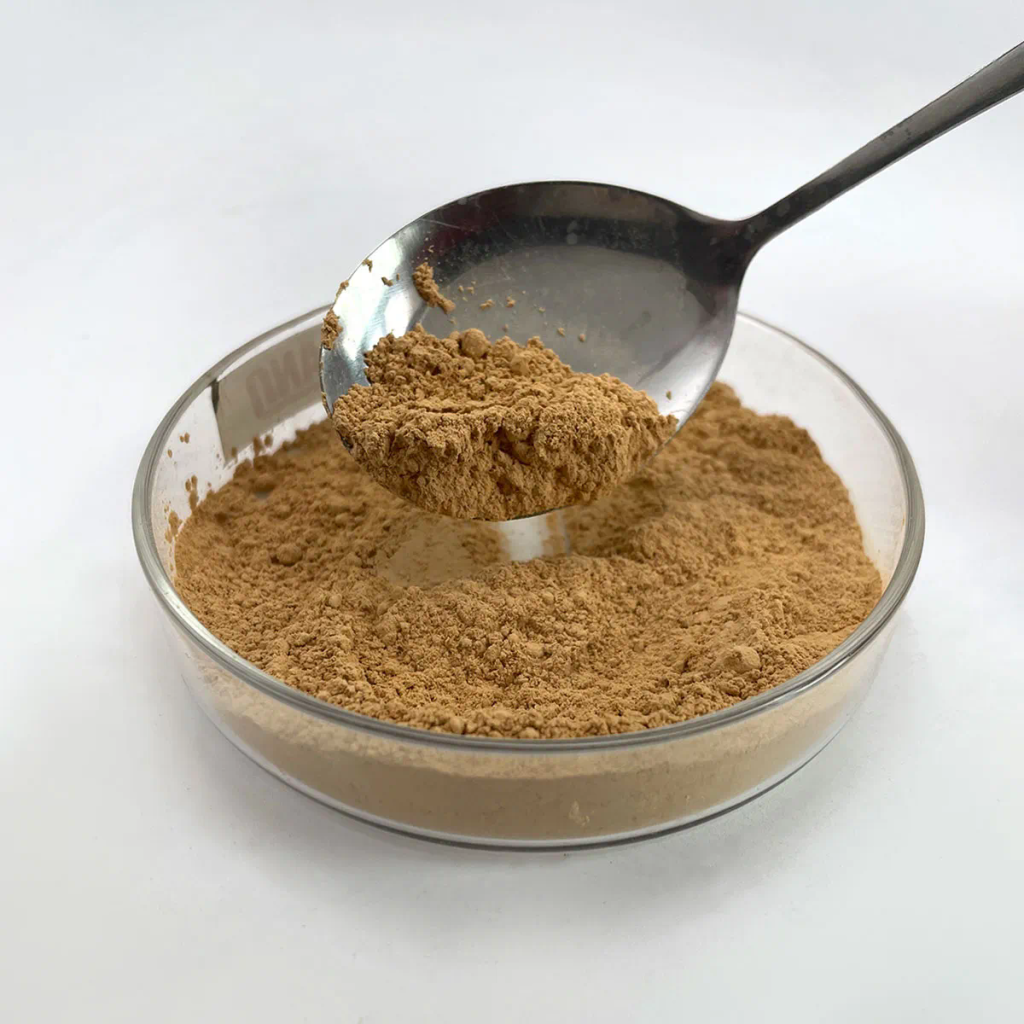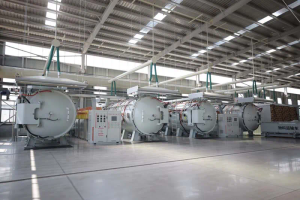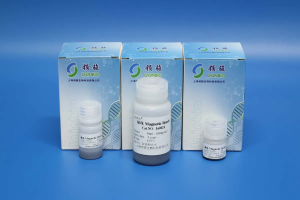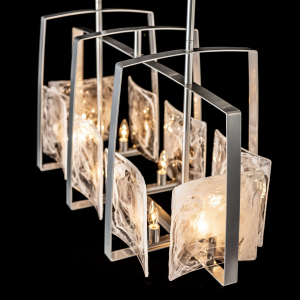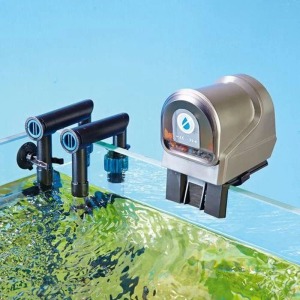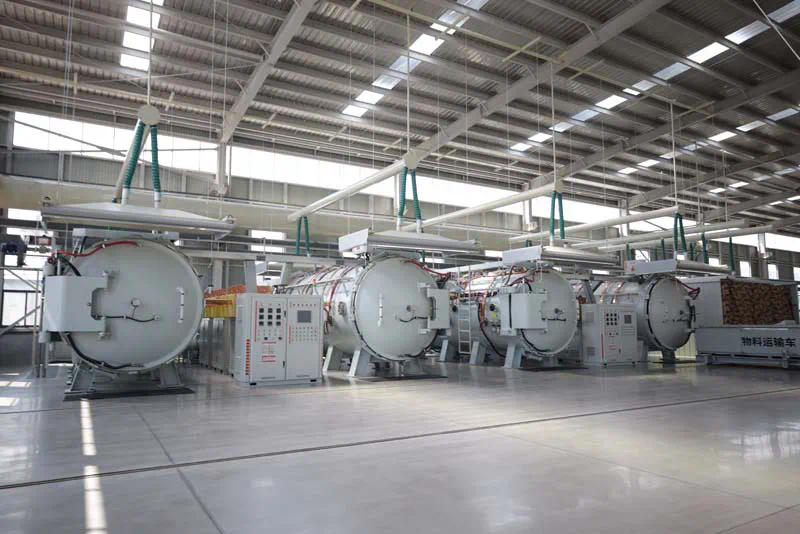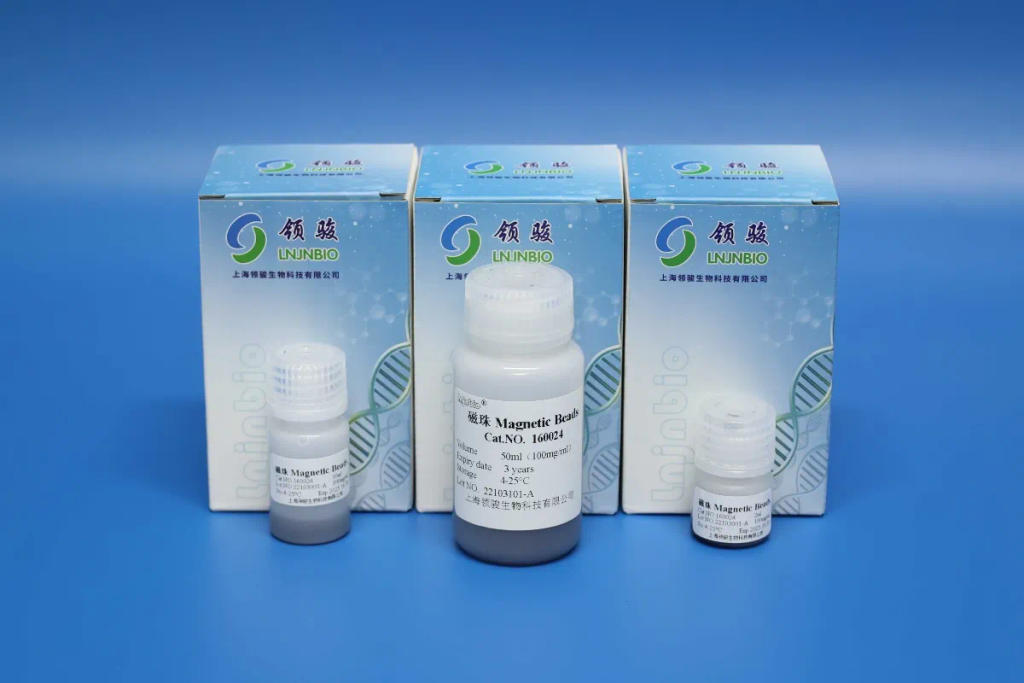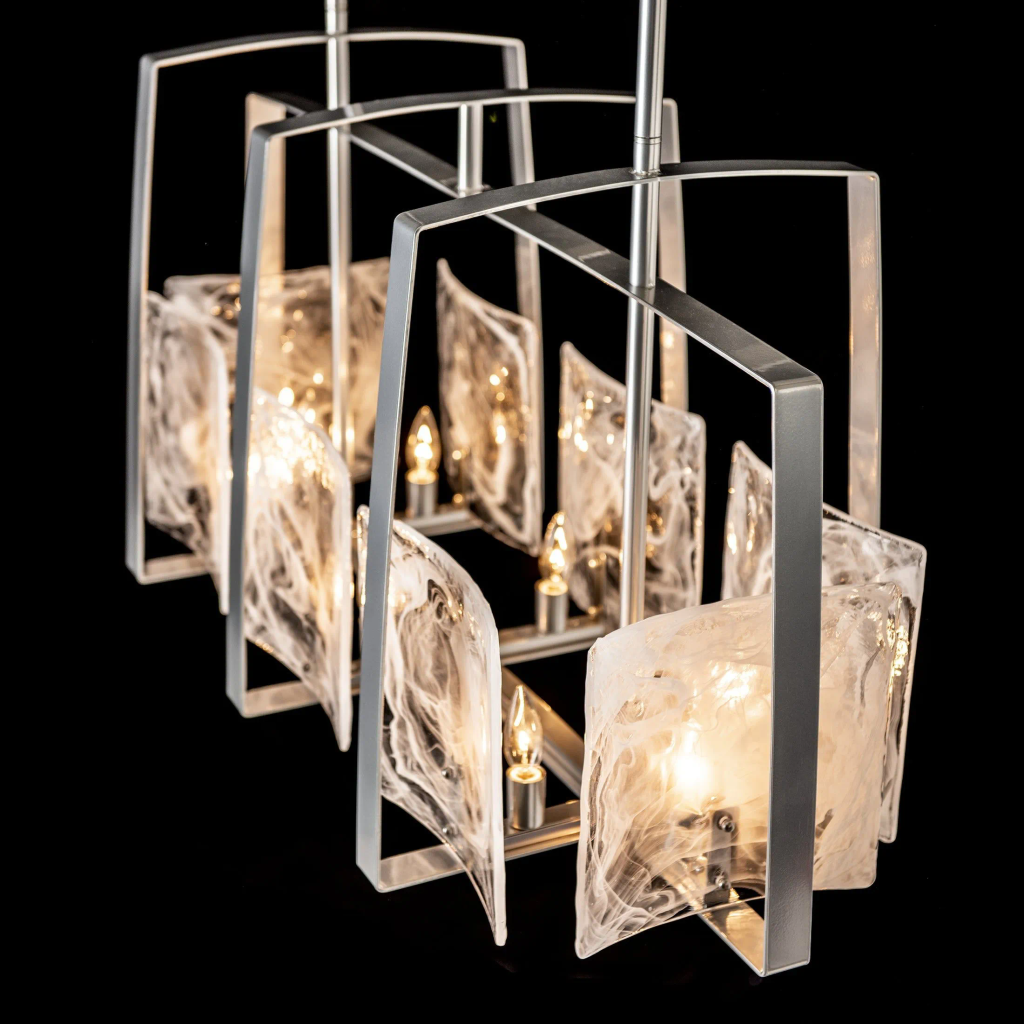Zirconium diboride (ZrB2) is a compound that has garnered significant attention in the field of materials science, particularly for its high-temperature refractory applications. This article delves deeply into the properties, synthesis, applications, and future prospects of zirconium diboride, providing a comprehensive overview for professionals and enthusiasts alike.
Zirconium diboride is a binary ceramic composed of zirconium and boron, belonging to the family of diborides. Its unique set of characteristics, including exceptional hardness, high melting point, and excellent thermal stability, makes it an ideal candidate for various high-temperature applications. ZrB2 exhibits a melting point around 2980°C, which is among the highest for any known material. This property alone positions it as a formidable option for industries that operate under extreme conditions.
The structure of zirconium diboride contributes significantly to its properties. It crystallizes in a hexagonal lattice, with each zirconium atom surrounded by six boron atoms. This configuration not only enhances its mechanical strength but also contributes to its high resistance to thermal shock. The covalent bonding between zirconium and boron atoms plays a vital role in imparting toughness and stability to the material, making it less susceptible to decomposition at elevated temperatures.
Synthesis of zirconium diboride can be achieved through various methods, including solid-state reaction, spark plasma sintering, and chemical vapor deposition (CVD). Among these, spark plasma sintering has gained popularity due to its ability to produce dense and homogenous microstructures while minimizing grain growth. The process involves applying simultaneous pressure and electrical current to consolidate the powder at lower temperatures compared to conventional sintering methods.
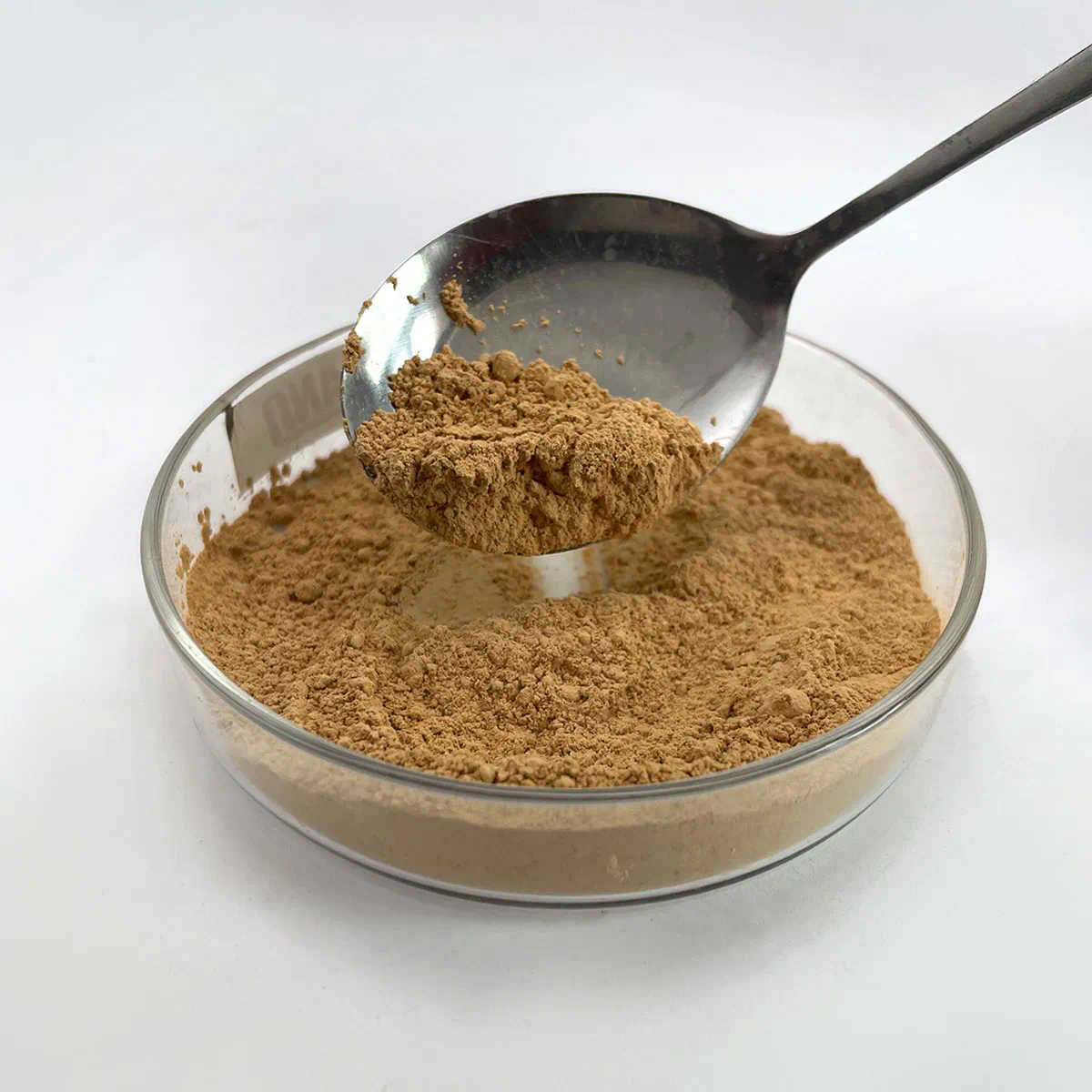
The choice of synthesis method directly impacts the properties of the resultant zirconium diboride. For instance, the solid-state reaction typically yields larger grain sizes, which may affect the material’s mechanical performance at high temperatures. In contrast, CVD allows for precise control over the composition and microstructure, resulting in superior material properties.
One of the most notable applications of zirconium diboride is in the aerospace industry. The material’s ability to withstand extreme temperatures and its low density make it an excellent candidate for thermal protection systems in re-entry vehicles. ZrB2-based coatings can effectively protect structures from the intense heat generated during atmospheric entry, thereby enhancing the durability and safety of spacecraft.
In addition to aerospace applications, zirconium diboride is utilized in the manufacturing of high-performance ceramics. Its high strength and hardness enable the production of cutting tools and wear-resistant components. Moreover, the electrical conductivity of ZrB2 opens avenues for its use in electronic applications, such as electrodes in plasma discharges and other high-temperature environments.
Another critical application of zirconium diboride lies in the field of nuclear technology. ZrB2 is known for its neutron absorption capabilities, making it a suitable material for use in nuclear reactors. The incorporation of zirconium diboride in control rods helps manage the fission process, contributing to the overall safety and efficiency of nuclear energy generation.
Moreover, zirconium diboride demonstrates potential in the production of materials used in hypersonic flight. The increasing interest in hypersonic vehicles demands materials that can endure rapid temperature fluctuations and extreme aerodynamic stresses. ZrB2’s high melting point and thermal stability position it as a leading candidate for components exposed to such conditions.
As the demand for advanced materials continues to grow, research efforts are increasingly focused on enhancing the performance of zirconium diboride through various means. One promising approach involves the development of ZrB2-based composites. By combining zirconium diboride with other materials, researchers aim to improve its mechanical properties and toughness further. For example, incorporating silicon carbide or carbon nanotubes can significantly enhance the fracture toughness of ZrB2, making it even more suitable for demanding applications.
In addition to composites, surface treatments and coatings can be employed to improve the wear resistance and oxidation resistance of zirconium diboride. Protective coatings are crucial for extending the lifespan of components operating under high-temperature conditions, where oxidation and erosion can lead to catastrophic failures. Advanced coating techniques, such as plasma spraying and chemical vapor deposition, are being explored to develop durable protective layers on ZrB2-based materials.
Despite its numerous advantages, the commercialization of zirconium diboride comes with challenges. The cost of raw materials and the complexity of fabrication processes can hinder widespread adoption. As research progresses, efforts to optimize production techniques and reduce costs will be essential to enable broader application in industries beyond aerospace and nuclear.
The future of zirconium diboride appears promising as advancements Concrete Foaming Agent in material science continue to evolve. Emerging technologies, such as additive manufacturing, hold the potential to revolutionize the way ZrB2 components are produced. By leveraging 3D printing techniques, manufacturers can create intricate geometries that were previously unattainable, leading to innovative designs and improved performance metrics.
Furthermore, ongoing research into the fundamental properties of zirconium diboride will likely yield new insights that could expand its applicability. Understanding the mechanisms that govern its behavior at extreme temperatures and pressures will enable scientists to engineer tailored materials for specific applications, pushing the boundaries of what is possible with this remarkable compound.
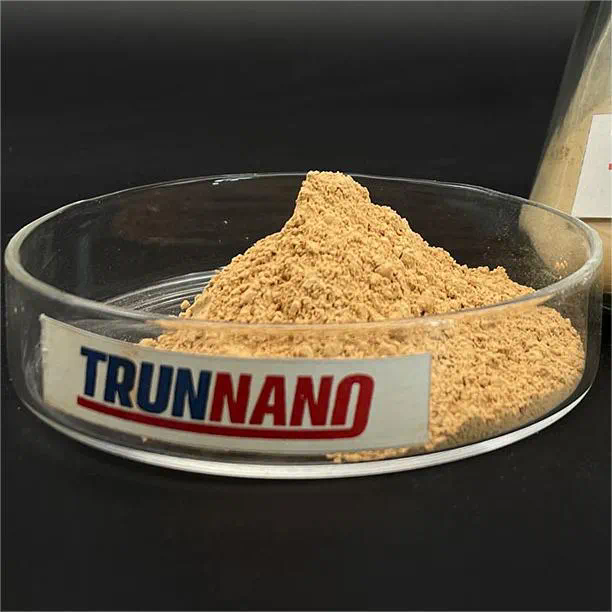
In conclusion, zirconium diboride stands out as a formidable material in high-temperature refractory applications. Its unique combination of properties, including exceptional hardness, high melting point, and thermal stability, makes it indispensable in various industries, from aerospace to nuclear technology. Continued research and development will undoubtedly uncover new applications and improve existing ones, solidifying zirconium diboride’s place as a cornerstone material in advanced engineering and materials science.
As we forge ahead into a future driven by technological innovation, zirconium diboride will play a critical role in shaping the next generation of high-performance materials, proving that the exploration of this compound is far from over. The ongoing pursuit of enhancing its properties and expanding its applications signifies a vibrant field of study that holds immense potential for breakthroughs across multiple sectors.
